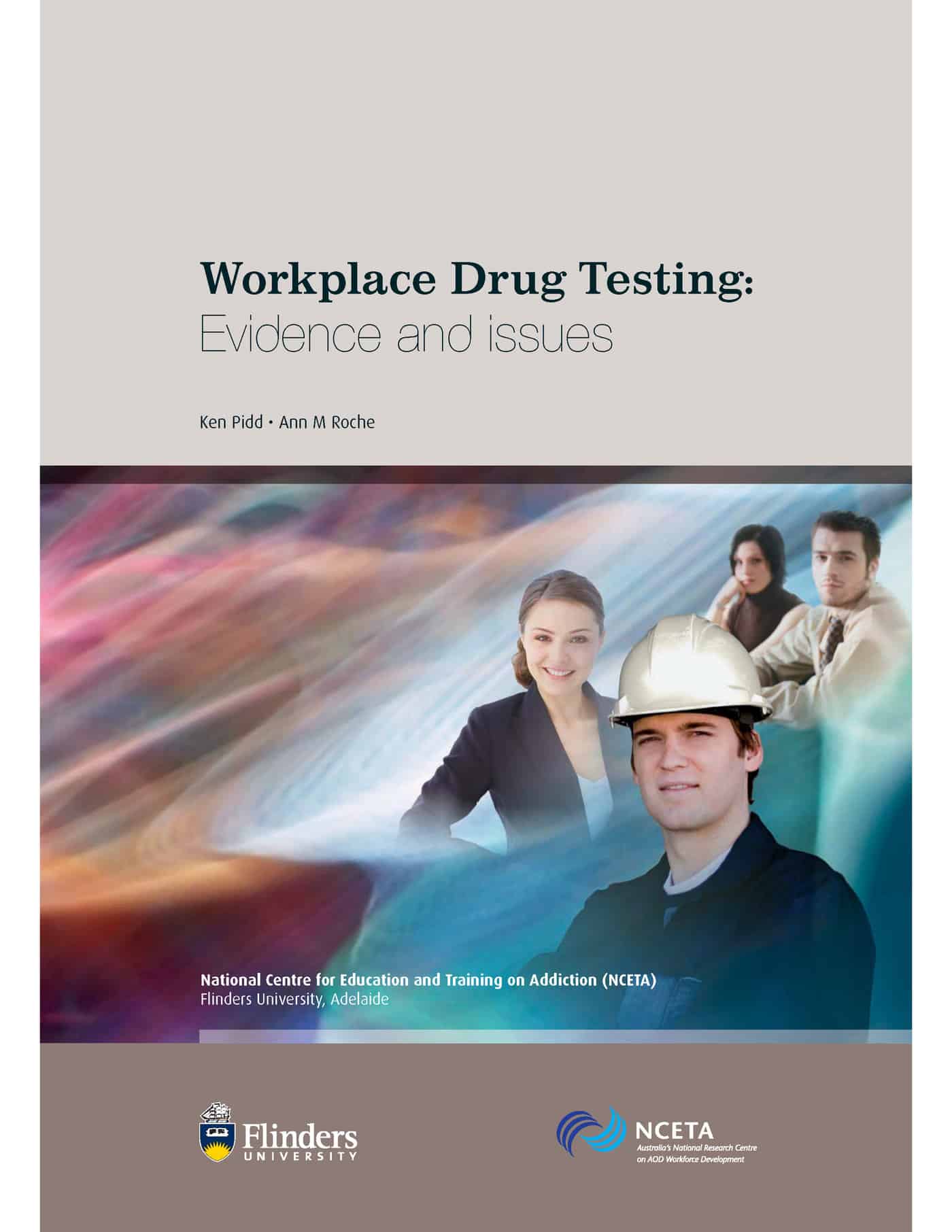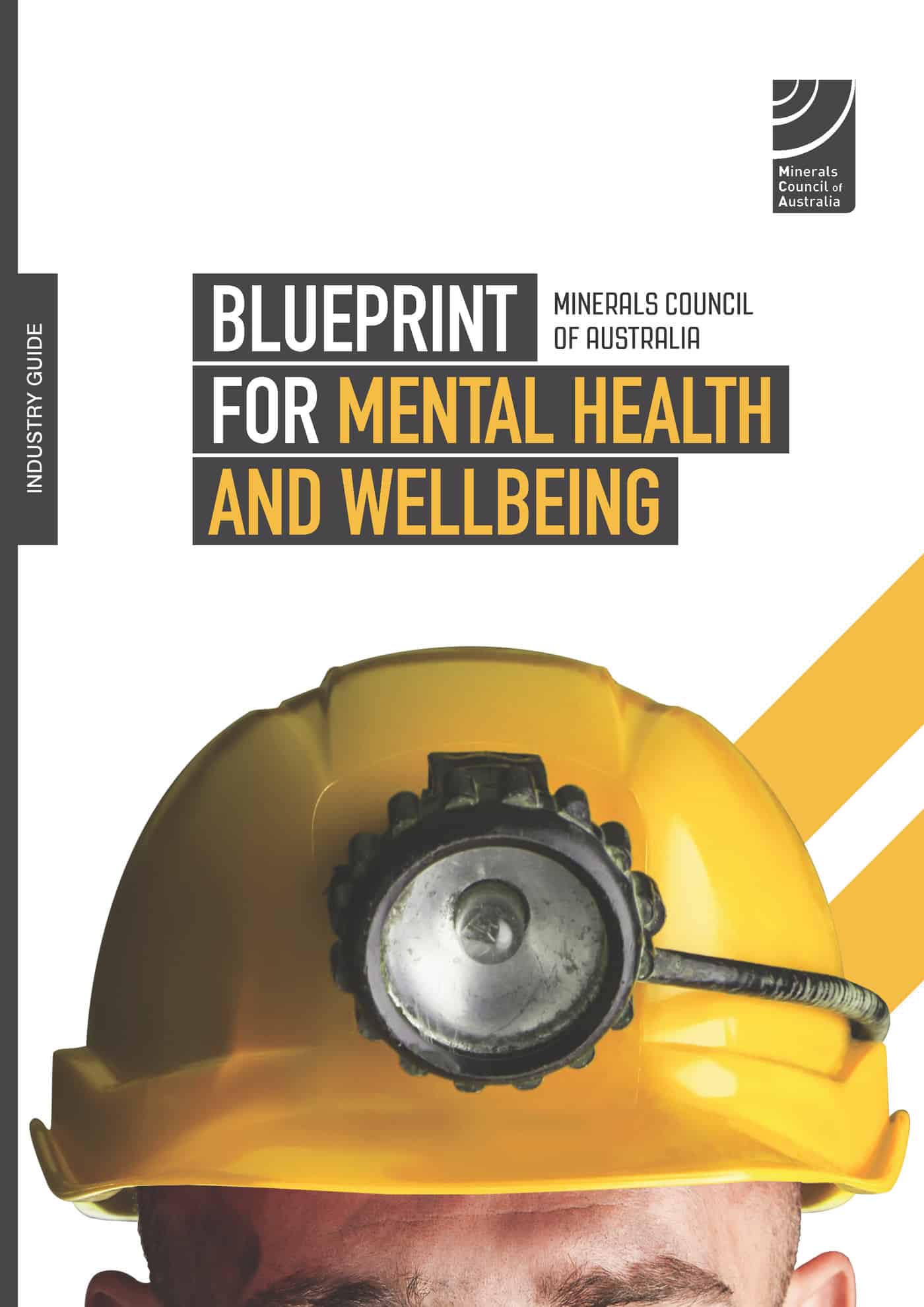
I have recently finished some years of full-time work as a safety adviser on a range of construction projects in Australia and below is a list of some of what I have learnt (in no particular order).
Ask questions
People may initially think you are an idiot but, if you are genuinely interested, they will explain what they are doing (usually with some pride in their tone) and offer suggestions of how to do it better or safer.
Follow through
If you have said that you will look into an issue or provide additional information, do it. If you do not, your credibility with the worker you were talking with and, likely, their supervisor and workmates, is gone.



